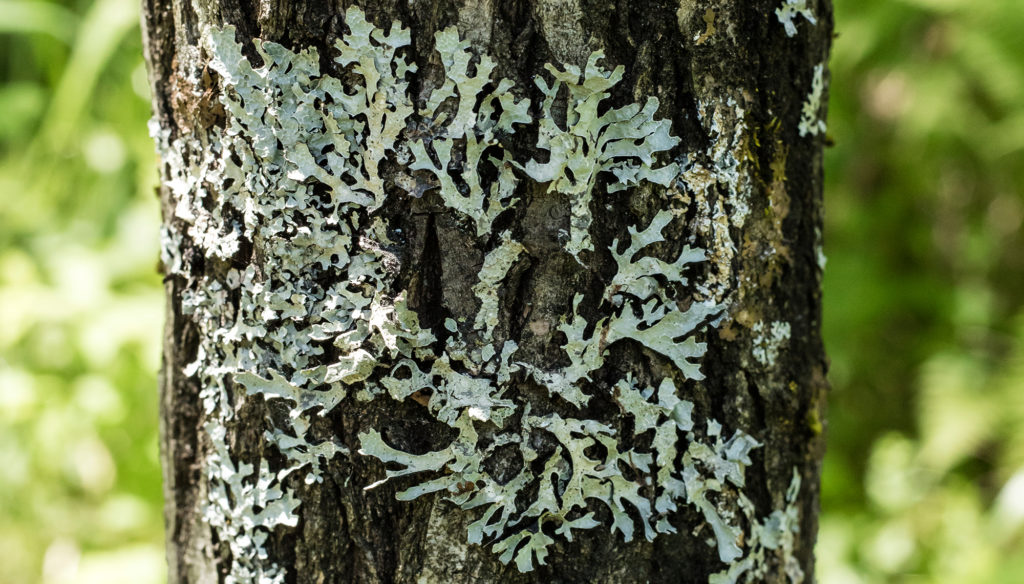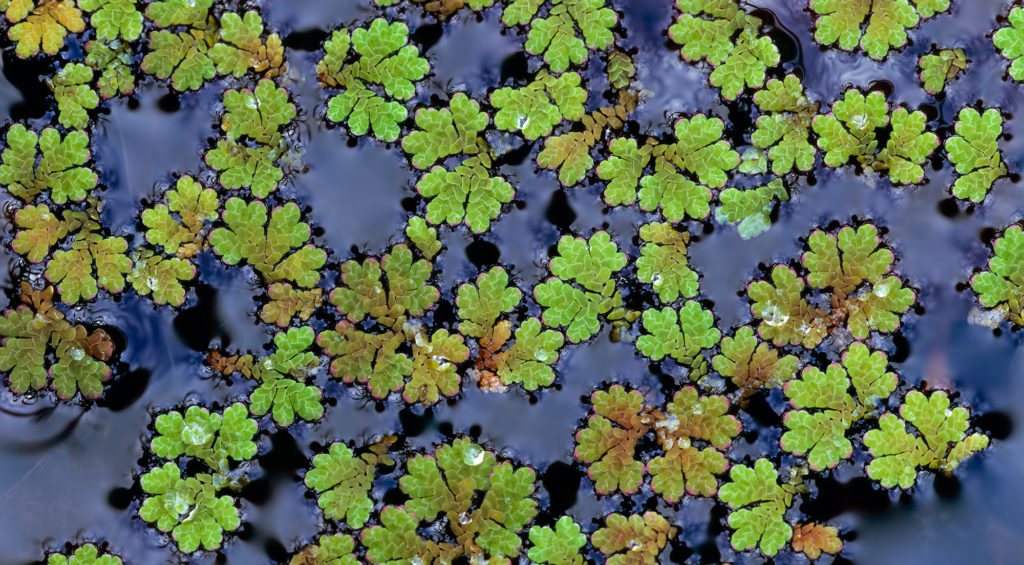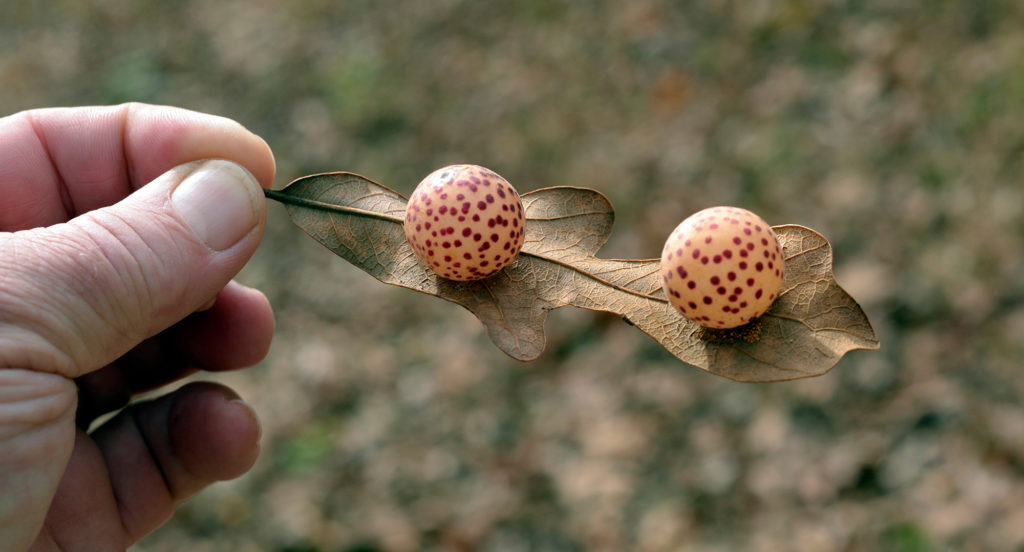
Species Interactions Positive, Negative, & Neutral Impacts

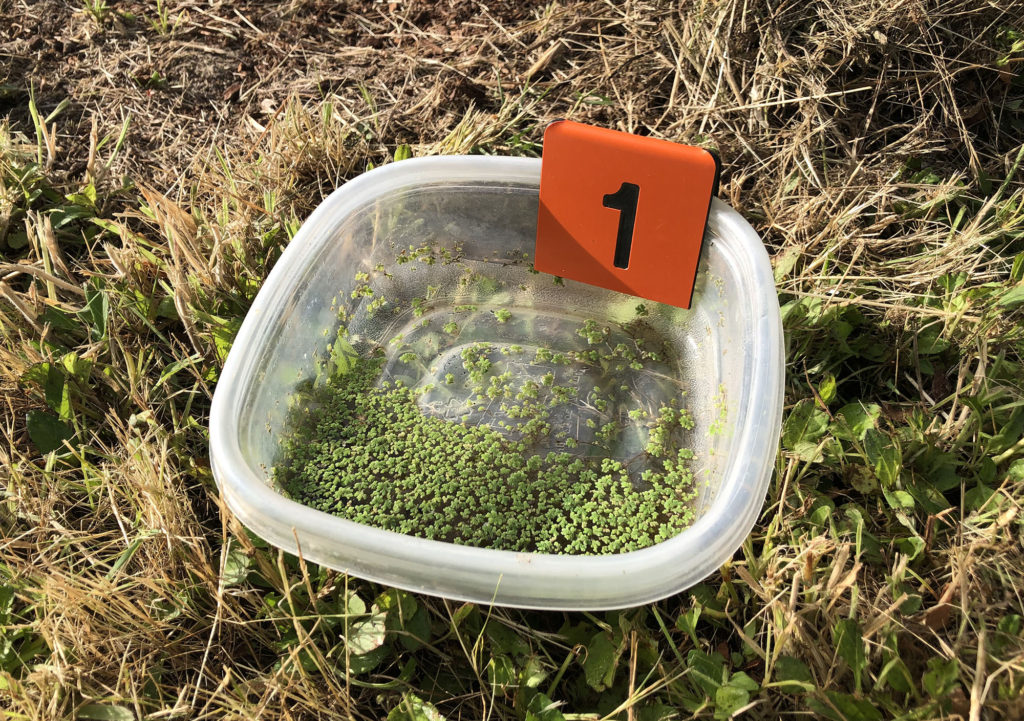
Species Interaction Objectives
-
List positive, negative, and neutral forms of community interactions, including specific examples of predators, herbivores, and types of competition.
-
Define symbiosis, including examples of mutualism, parasitism, and commensalism.
-
Provide examples of symbiosis found in the Willamette Valley.
This video shows a pair of our clownfish eating small frozen shrimp. Feeding interactions are often the easiest to see: they are dramatic and make for good video. However, there are many other interactions that can occur that are more subtle. For example, the clownfish have a relationship with that large cleaner shrimp in the background. More on that relationship later on this page.
There are many types of interactions between species within a community. The impacts on individual organisms can be positive (+), negative (-), or neutral (0).
Community Interactions
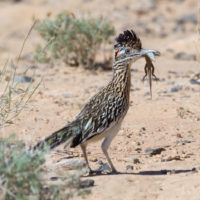
Predation (+ -)
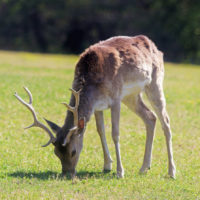
Herbivory (+ -)
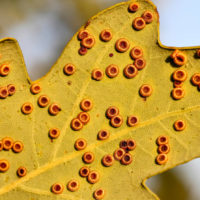
Parasitism (+ -)
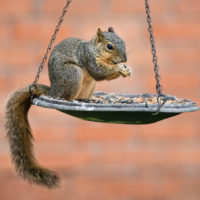
Competition (- -)

Mutualism (+ +)
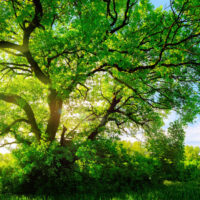
Commensalism (+ 0)
We will explore these interactions in a variety of species. In your notes, collect examples that represent each of the six interaction categories listed above.
Predation (+ -)
Predators have structures and behaviors that assist is catching prey. This crocodile has a variety of advantages: camouflage, stealthy movement, speed, strength, and weaponry.
You can imagine how a prey animal may not even see it coming.
Piranhas form large schools in South American rivers and can kill prey fish with their powerful jaws and sharp teeth.
Watch this classic predator move: turning its back on the camera.
Preying mantises (also called praying mantises) use a variety of techniques to capture their prey.
Our native mantises have green camouflage color and are shaped like grass blades. They are hard to see even when you are looking for them.
Ghost preying mantises look like dry leaves and sway back and forth like a leaf in the breeze as they move in on their prey. This species will grow to about four inches in size.
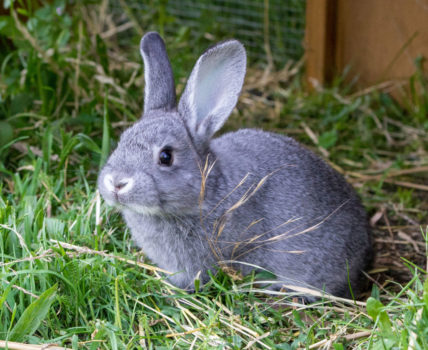
Prey are not defenseless. They can run, fly, maneuver, fight back, freeze, hide, or a combination of these.
If you have ever tried to pick up an unwilling rabbit, you know they can kick, bite, and injure a potential predator.
Herbivory (+ -)
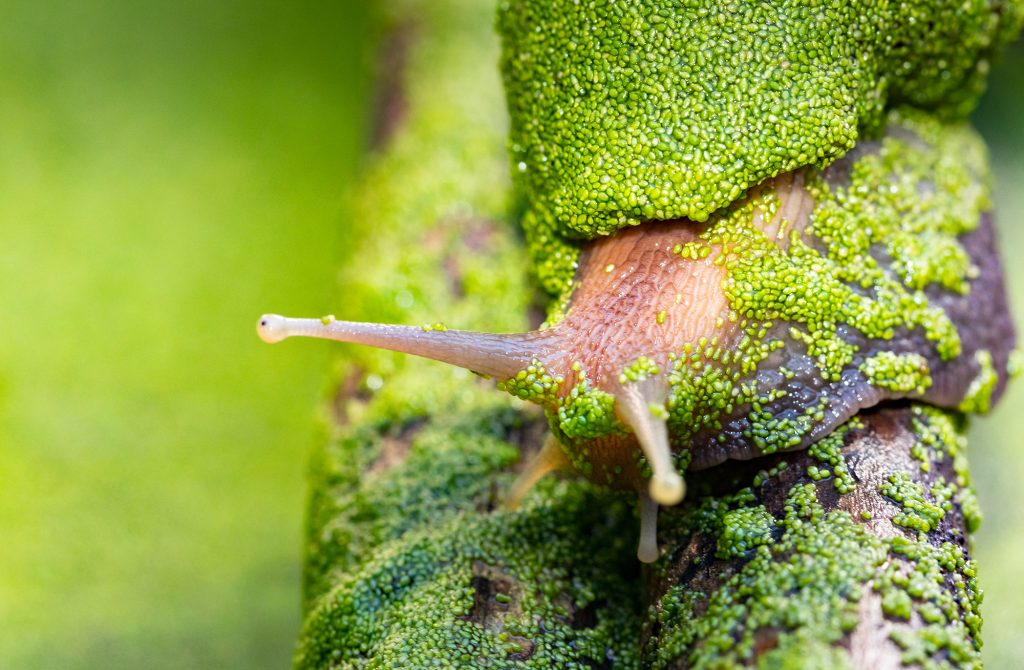
Herbivory is consumption of producers, typically plants or algae. There are many specific types of herbivores, including:
-
Grazers: Eat a variety of plant leaves, like grasses, that are close to the ground
-
Browsers: Eat a variety of plant parts, including leaves, branches, and fruits
-
Algivores: eat algae
Identify these three herbivores as eating as a grazer, browser, or algivore.
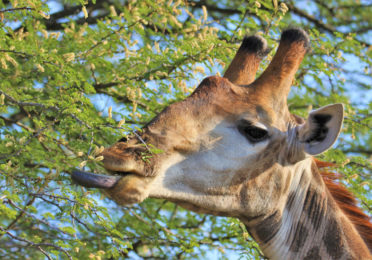
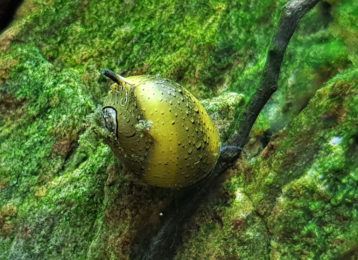
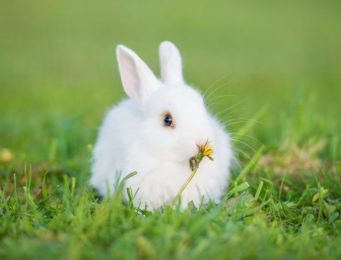
Competition (- -)
Competition occurs when organisms are trying to utilize the same limited resources.

Intraspecific Competition
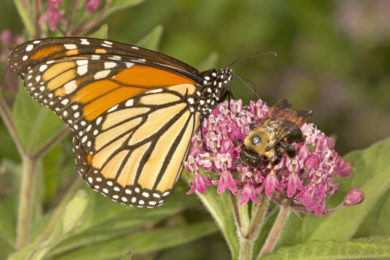
Interspecific Competition
These crickets and sowbugs are competing for the same food. Watch how the crickets are positioning to try to keep the sowbugs off the food.
Is this intraspecific or interspecfic competition?
Symbiosis (++, +-, +0)
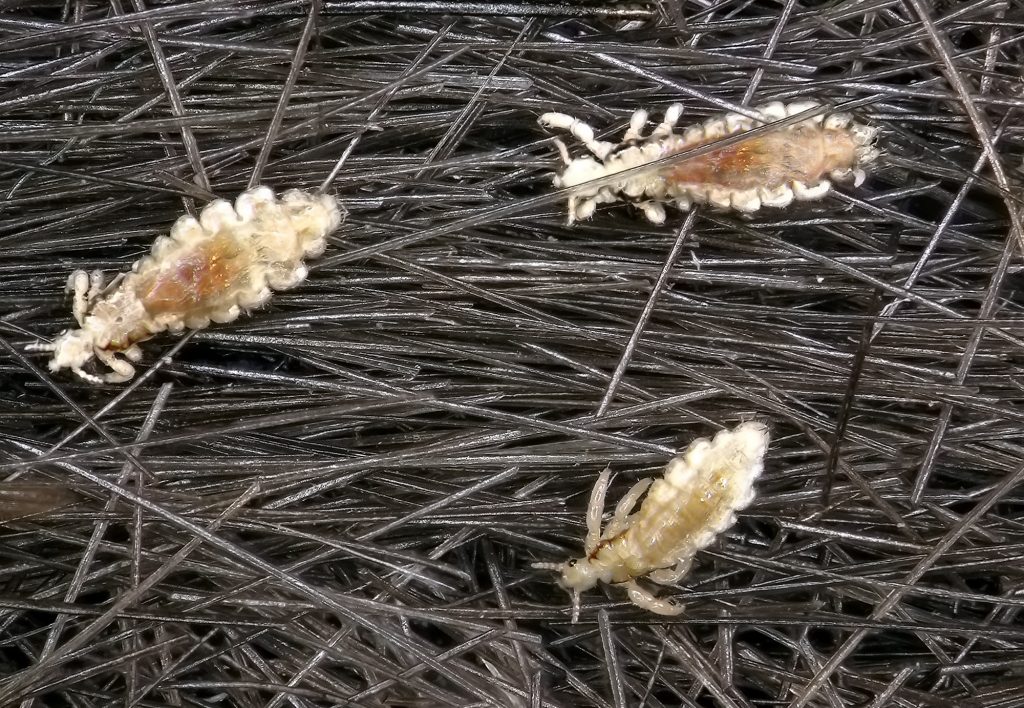
We use the word “symbiosis” in everyday language to mean getting along together, like having a symbiotic relationship with a roommate. In biology, symbiosis means living closely together, sometimes for long periods of time, and the outcome is not necessarily beneficial for all participants.
Three Types of Symbiosis

Mutualism
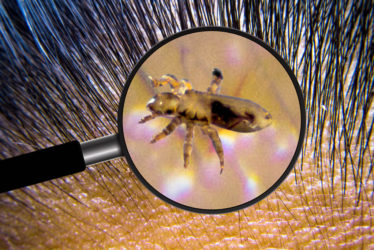
Parasitism
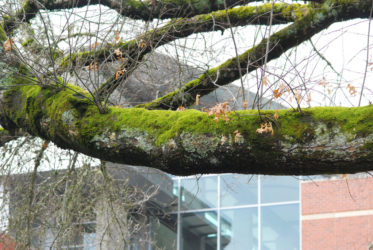
Commensalism
There is a lot going on in this video: the hermit crab is using a sponge instead of a snail shell for protection. The sponge may or may not be impacted by this arrangement. If it is not impacted, but the hermit crab is benefiting, this is an example of ______.
The algae growing on the sponge is getting more surface area for growth and possibly additional nutrients, but the sponge it is growing on is not getting as much food into its pores. This example of one species benefiting and the other being harmed is _____.
Many clownfish species form relationships with anemone. The clownfish benefit as they are protected from potential predators by the anemone’s stinging tentacles. The anemone does not appear to be impacted. This is an example of _____.
Some animals get a significant portion of their nutrients by cleaning other species Oxpeckers are African songbirds that eat ticks, blowfly larvae and other parasites off the skin of large mammmals. The oxpecker bird gets food and the mammal has fewer parasites. This is an example of _____.




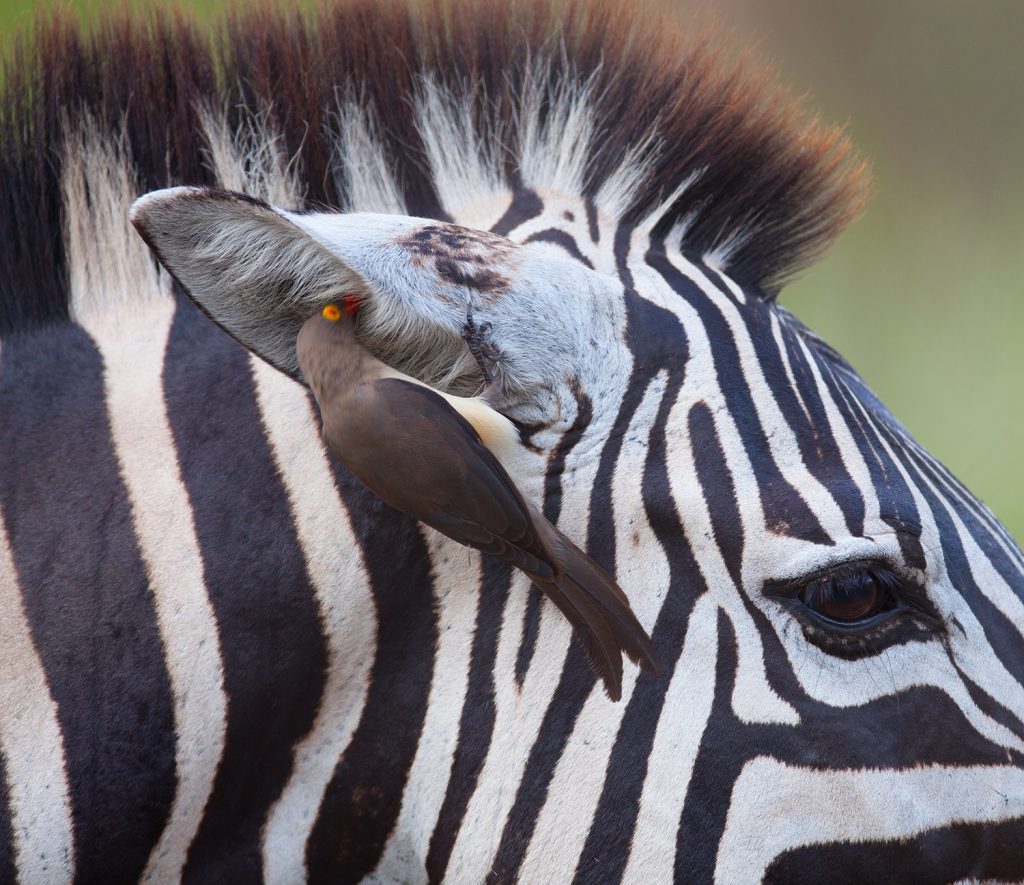



Cleaner Shrimp, also made popular by the movie “Finding Nemo,” get their food from a number of sources, including cleaning fish, removing dead scales, dirt, and parasites.
This cleaner shrimp tries to clean one of the clownfish. The fish could damage the shrimp, but does not appear to be alarmed.
These cleaner shrimp have learned to take food form the hand and readily clean under fingernails.
Many endosymbiotic species interactions can be observed in the Willamette Valley. All of the remaining interactions on this page are taken right outside of our door, on less than an acre of land and pond.
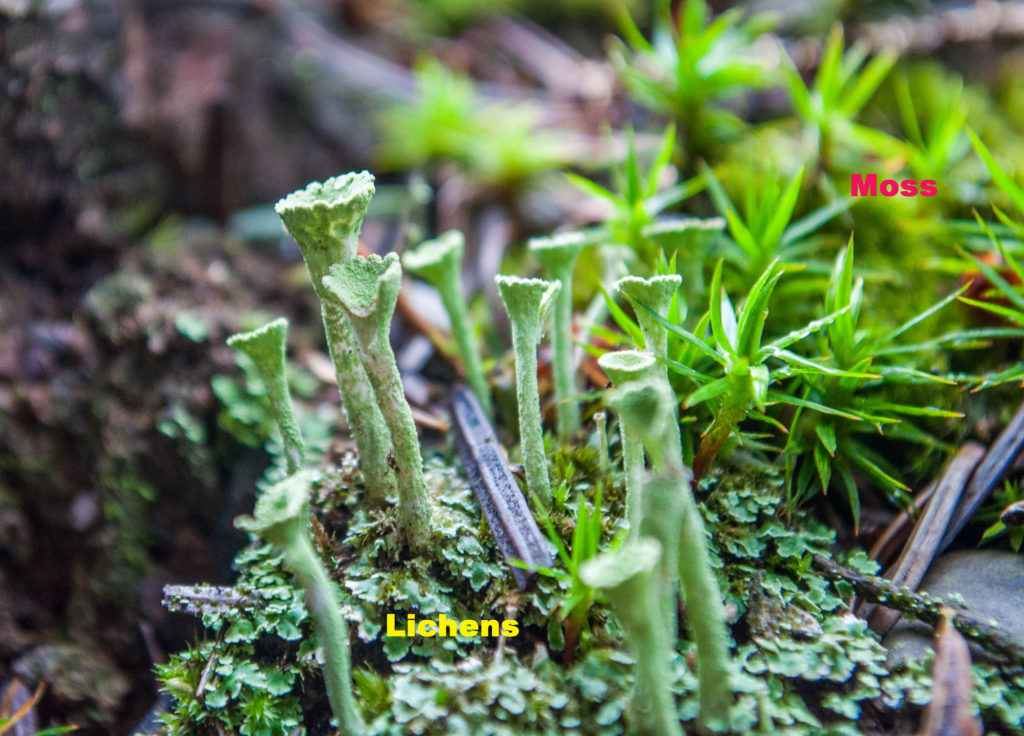
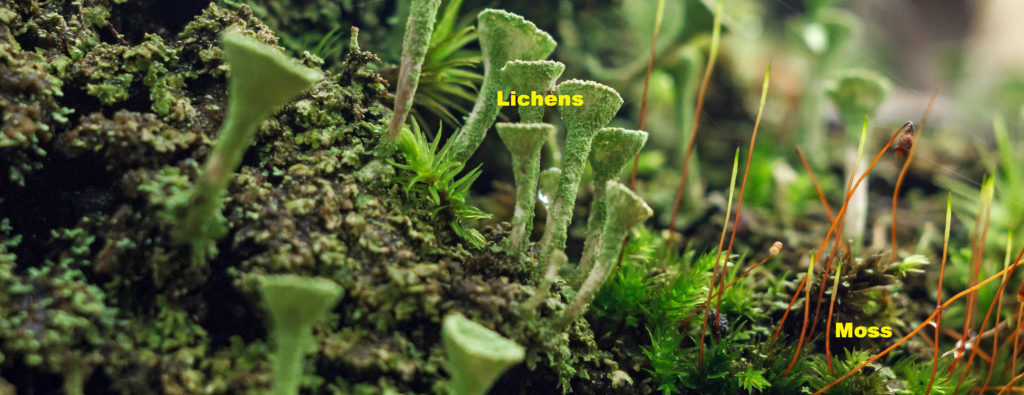
Lichens
One of the most commonly observed symbiotic interactions is a lichen community. Lichens are often confused with moss, probably because both can be found on branches of trees.
Moss are plants (Domain Eukaryota, Kingdom Plantae). Lichens are a community of different species: a fungus (Domain Eukaryota, Kingdom Fungi) with one or more microscopic species living inside of them.
Lichens are a symbiotic community.
From the previous module, a community refers to different species interacting together. Symbiosis indicates this is a close association, in fact smaller algae and cyanobacteria live inside the larger fungus.
The fungus is taxonomically classified in Domain ___ and Kingdom ___. Algae living inside the fungus are classified in Domain ___ and Kingdom ___. Bacteria living inside the fungus are classified in Domain ___.

The fungus provides protection, a moist environment, and access to some nutrients.
The algae and/or cyanobacteria inside the fungus carry out photosynthesis and make some of the product available to the fungus.
Of the three types of symbiosis, which is benefit/benefit (+/+)? _____
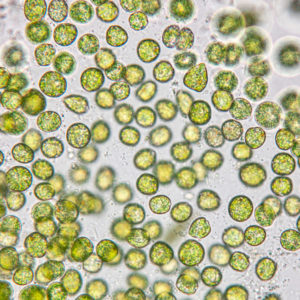
Algae
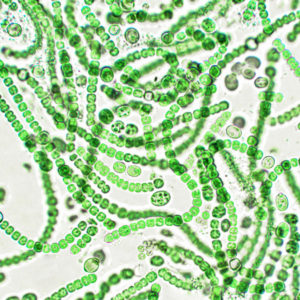
Cyanobacteria
This video summarizes the basic characteristics of lichens in a field setting.
You can select the closed captioning “cc” option if you would like to see the text.
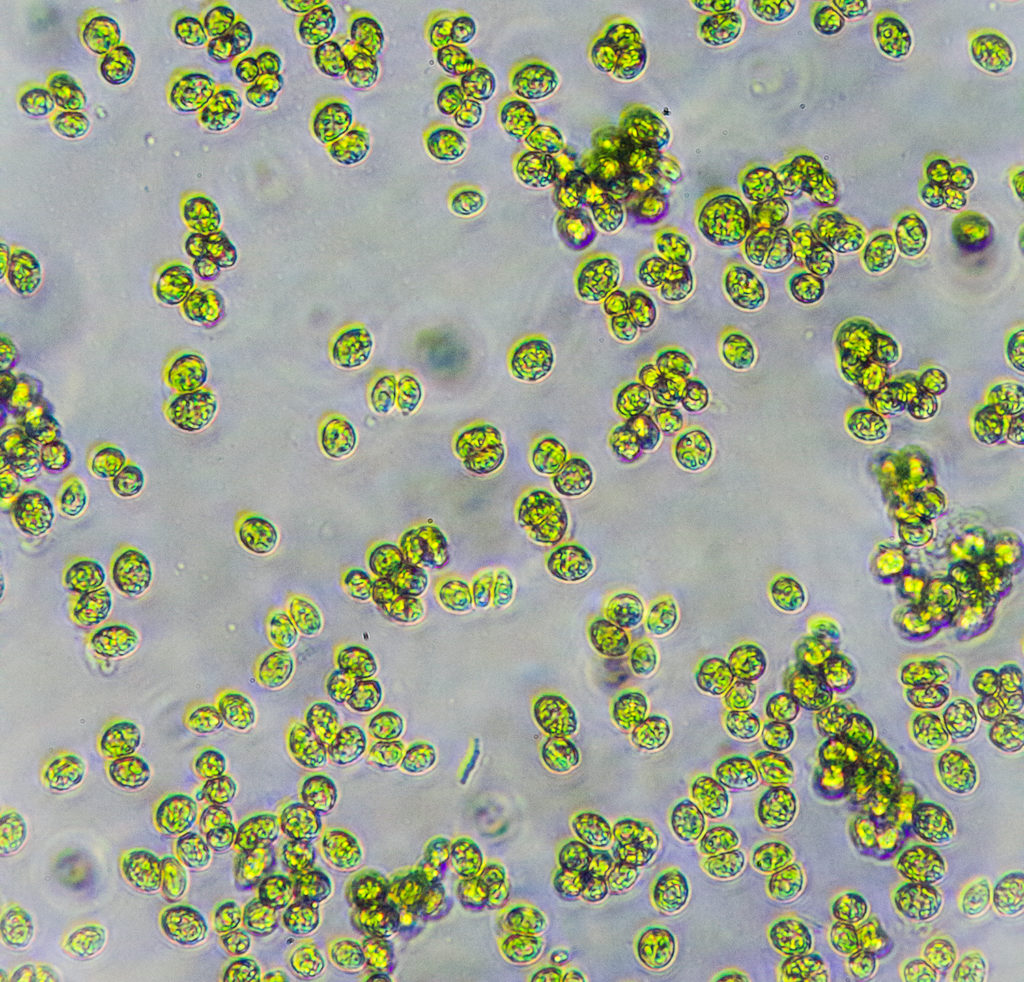
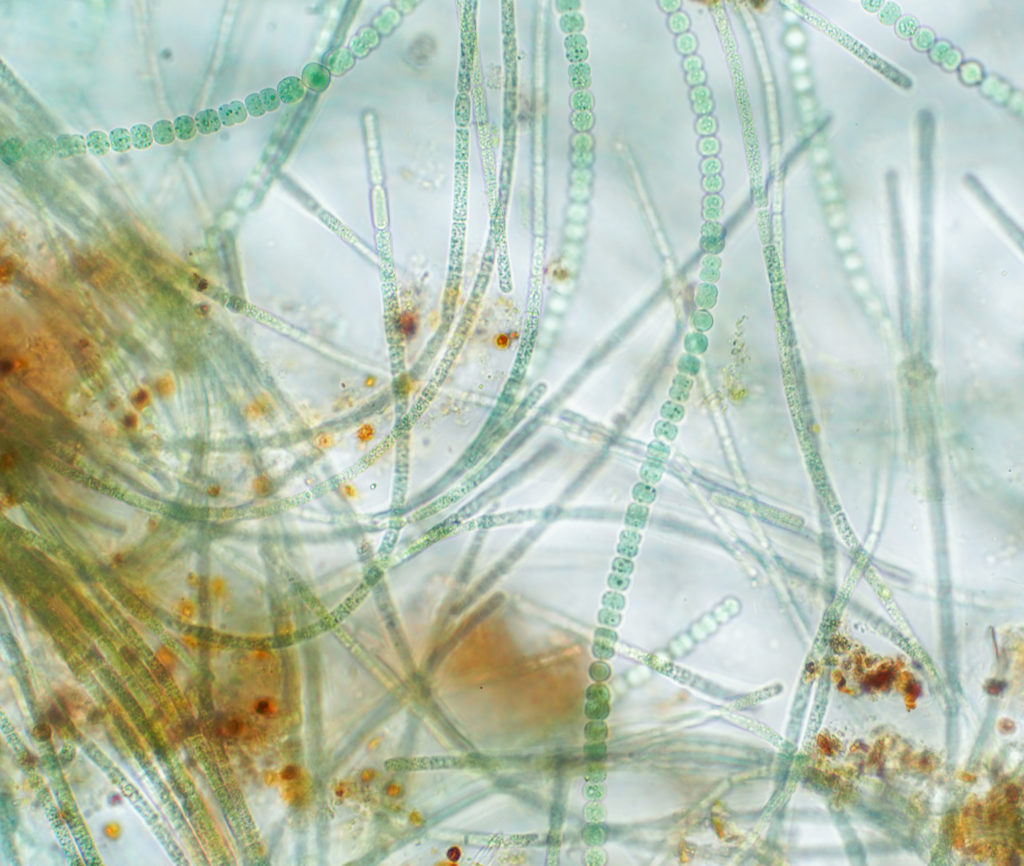
Oak galls are scars the oak tree produces in response to parasitic wasp larvae.
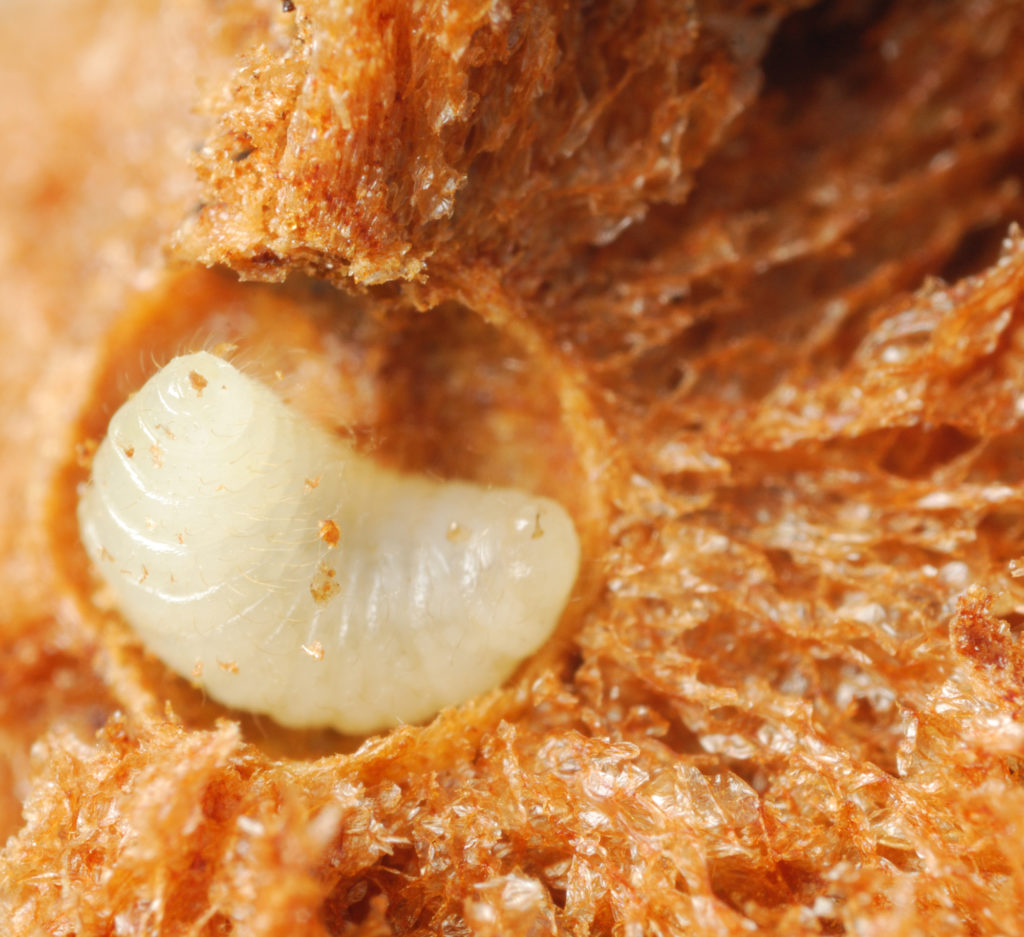
Start this Guide’s first journal assignment here
Journal Page #5: Gall Description
Note: if available, we may provide oak galls for this assignment; you can sketch, label, and describe either oak gall or rose gall interactions for this journal page.
You will be providing a rich description of the gall, including a sketch, labels, and explanatory text. You can also include a photo screen grab from the video, if desired.
Select a view from the video and sketch the gall. Label the part that is the plant scar, and where the insect larvae are located. Also include a brief explanation of this type of interaction, including how the participating organisms are impacted (benefit, harmed, or no impact).
We are also providing videos of rose galls found in the Willamette Valley (see below).
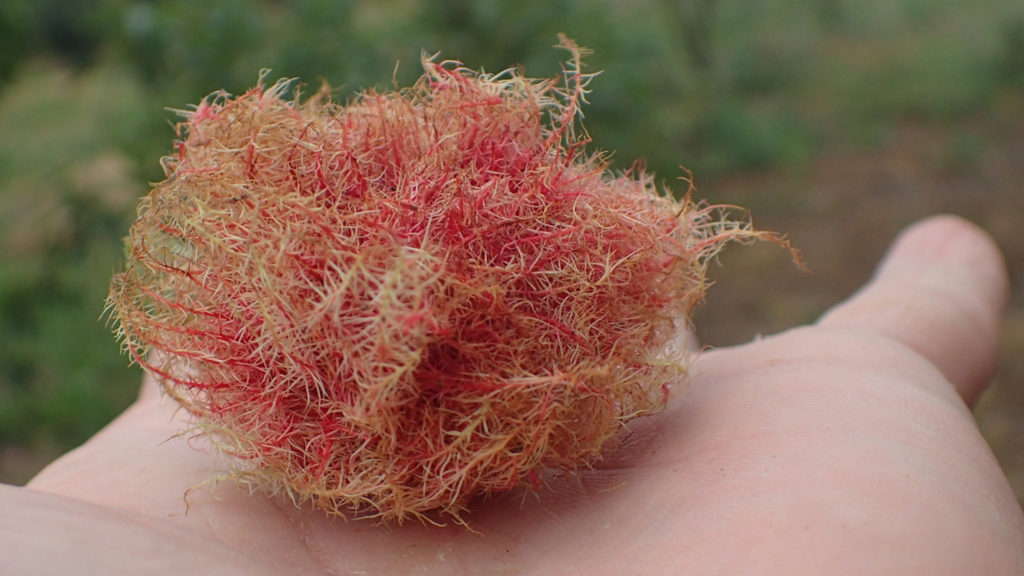
You are turning in a journal page that includes:
-
a labeled sketch of a gall that includes the plant and where the larva are located.
-
a description of the gall interaction, including what type of interaction is occurring and the impact on both participating species.
The next section provides an overview of how organisms are classified.
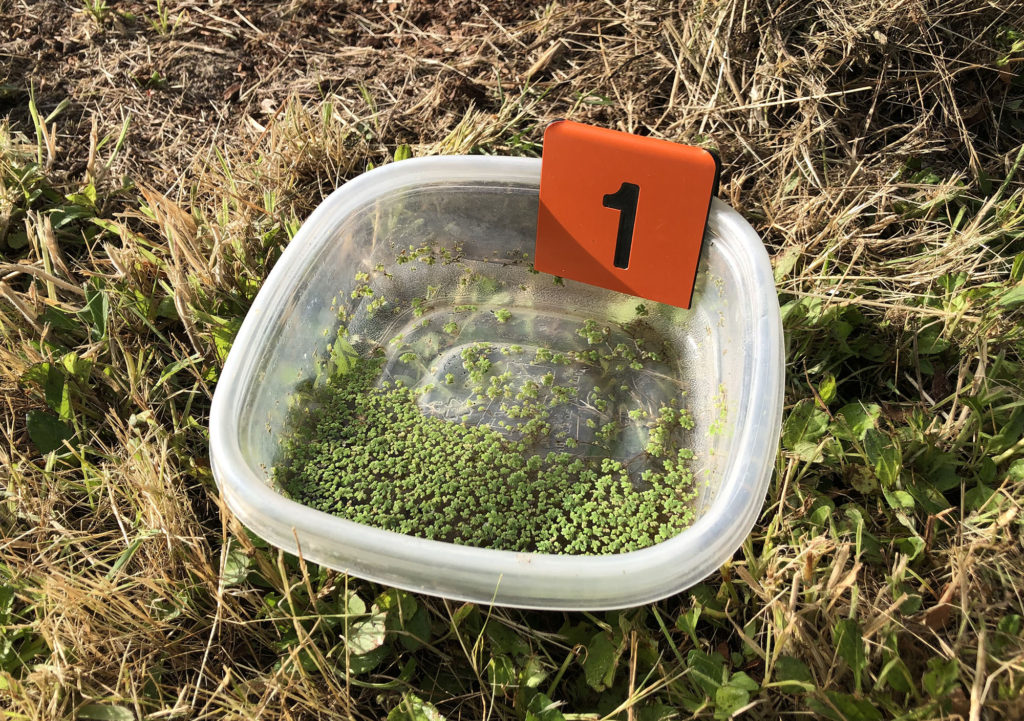
Check your knowledge. Can you:
-
list positive, negative, and neutral forms of community interactions, including specific examples of predators, herbivores, and types of competition?
-
define symbiosis, including examples of mutualism, parasitism, and commensalism?
-
provide examples of symbiosis found in the Willamette Valley?
